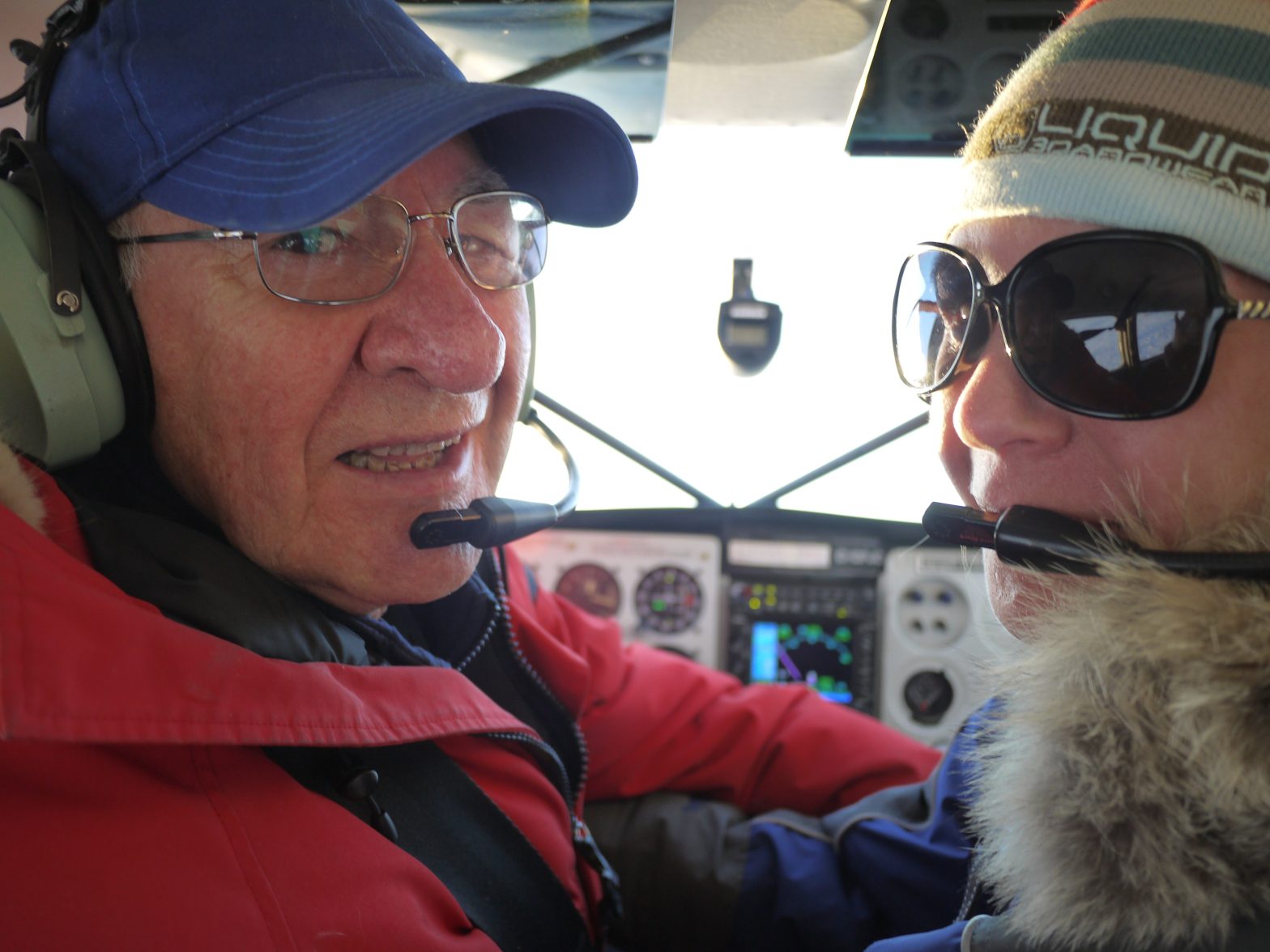Danielle, appreciate you joining us today. We’d love to hear the backstory behind a risk you’ve taken – whether big or small, walk us through what it was like and how it ultimately turned out.
When I was 25 years old, I took what felt like a huge risk: I quit the academic path I was on between my Master’s and PhD and launched myself into the unknown. I’d always loved school and research and was generally good at it. I had a clear vision of getting a doctorate in History and then become a professor myself, spending the rest of my career in university settings where I could geek out about ideas and facts, teach others, and write books and articles.
Except I was generally miserable in my Master’s program. I still loved getting lost in the library stacks and spending hours in the archives, but there were a lot of things I hadn’t bargained on: toxic instructors, grants that weren’t renewed, and a lot of departmental politics. Oh, and real life crashing down on me from all directions.
Right around my 25th birthday I had a degree in my hand, but I was completely burned out and totally at a loss on my life’s direction. Now we hear that called a quarterlife crisis. At the time, I just thought of it as a breakdown. My (new) husband still had a few months left on his thesis, and we had enough to pay the bills, so very fortunately I could take a bit of time to figure out what I most wanted to pursue. And it was writing. The thing that had brought me so much joy and healing in my teens when I composed songs, wrote poetry, and helped run a youth arts zine. In my undergrad I had also been part of a writer’s circle where we shared and critiqued each other’s work. My academic articles were getting some attention and even earning me a bit of prize money, so I thought to myself, maybe I could be a freelance writer.
So I started teaching myself about the business of writing and looking for opportunities. And this led to a series of other risks that paid off in really great ways. First I pitched the idea of a company history book to my father-in-law and he paid me to dive into interviews and research. Then I submitted that book proposal to a publisher and got my first contract. Then I published that book and set off to find an agent.
That was 15 years ago, and ever since I have taken risk after risk, leap after leap. To new projects, genres, audiences, speaking engagements, cities, and more. Even now I can feel it building again: it’s time to take another risk.
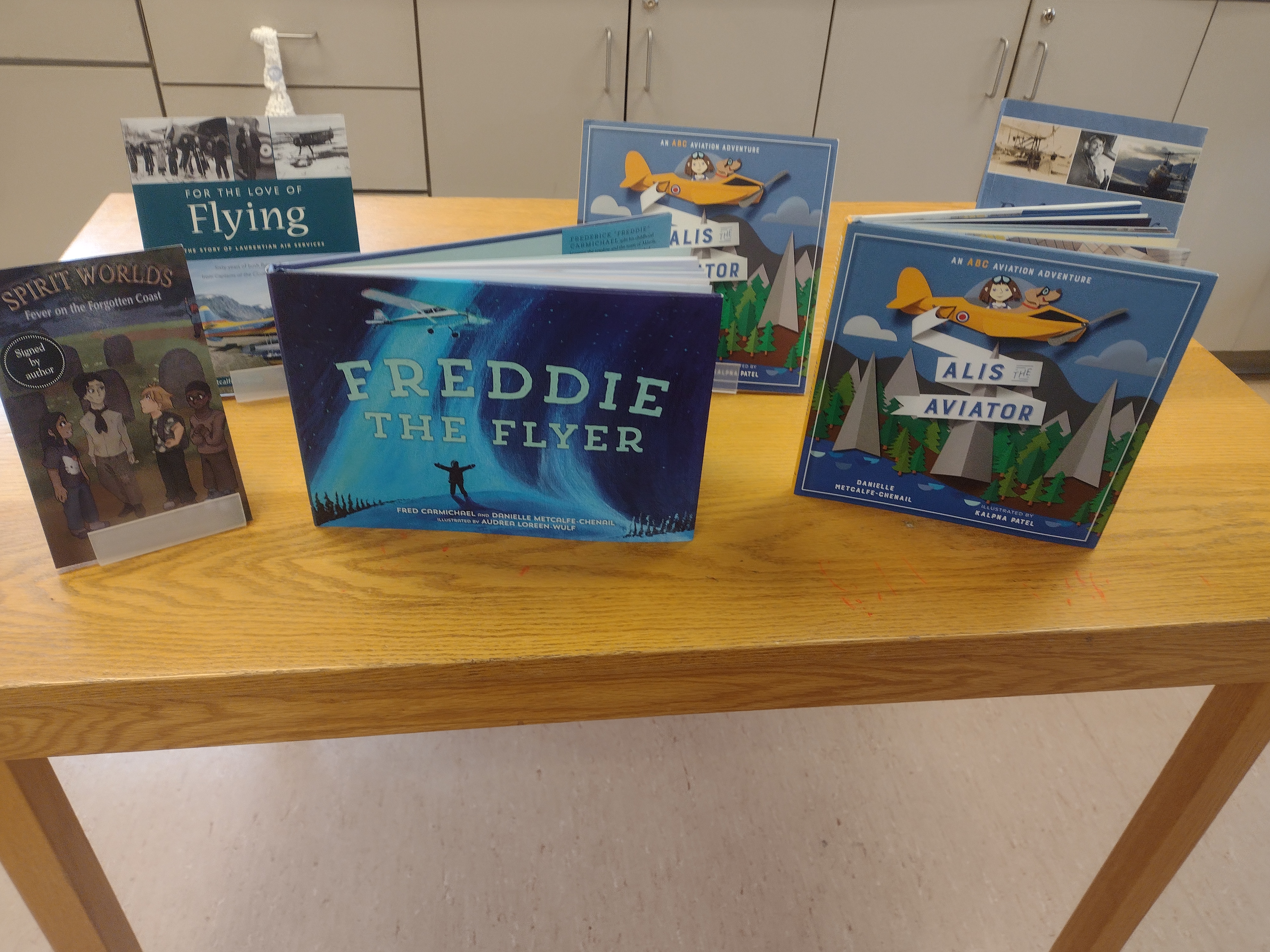
Awesome – so before we get into the rest of our questions, can you briefly introduce yourself to our readers.
I’m an award-winning author but wear many other hats: speaker, editor, coach, consultant, researcher, and freelance writer.
I’m best known for my children’s picture books, Alis the Aviator: An ABC Aviation Adventure and Freddie the Flyer, co-authored with pioneering Gwich’in pilot, Fred Carmichael and illustrated by Inuvialuit artist Audrea Loreen-Wulf. Freddie the Flyer is part of Dolly Parton’s Imagination Library and is currently shortlisted for the Hackmatack Award. It also won the First Nations Communities Reads award in the children’s category, and an Atlantic Book Award. Both Freddie and Alis are CBC Books ‘best of’ picture books.
Before my kidlit, I published two books of aviation history for grownups – For the Love of Flying and Polar Winds – so people often assume I’m obsessed with airplanes. I’m actually not! I did, however, grow up in a family of aviation nuts and then married into one, so it feels familiar. Plus, there’s something about people in aviation that inspires me. So many of them are like writers and creatives, driven by passion and figuring out the pragmatics (like making a living) along the way. I love interviewing them and hearing their dramatic stories, but what grips me most is talking with Indigenous, female and other marginalized pilots who overcame barriers. That’s a big part of all the aviation books I’ve written.
I’m non-Indigenous, but I’ve tried to be a useful storytelling partner with my books, including being general editor for a critically-acclaimed collection of personal essays called In This Together: Fifteen Stories of Truth and Reconciliation. And overall my mission is to put inclusive, thoughtful, and inspirational books out into the world. That led to working on a ghostwritten personal history (The Inventive Life of Warren Smith), and a chapter book for kids called Fever on the Forgotten Coast.
I’m currently working on two new books slated for publication in 2026. The High Flyers of Tea Hill is about the first transatlantic flight in Canada (can’t stop with the aviation books!), and The Children of the SS Atlantic is about the biggest shipwreck in the North Atlantic before the Titanic. It’s a terrifying and heartbreaking story, but also full of hope, bravery, and resilience. And it happened practically in my backyard in Nova Scotia – albeit over 150 years ago. I also have a book club project (The 500 Year Flood) and a hybrid memoir (Winterburn) in the revision stage. I work on those in and around my contract as a program officer with the Canada History Fund.
When people read my books, I want them to come away feeling like they can face hard truths about themselves and history, integrate them, and be inspired to do better in the world. And when they work with me as an editor, coach, or speaker, I want them to feel heard, valued and motivated to share their story.
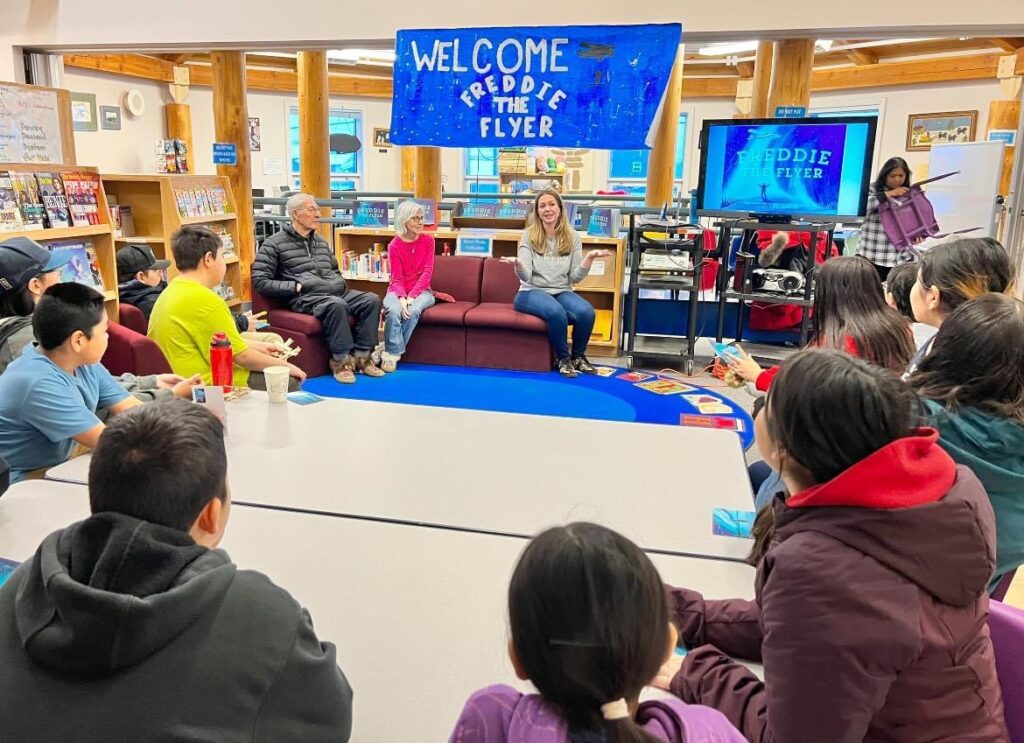
Have any books or other resources had a big impact on you?
Everything by Dr. Brene Brown has had a huge impact on me, personally and professionally. Like so many others over the past decade, she gave me the evidence-based and story-bolstered proof of the importance of vulnerability, belief in self, and daring greatly. I have brought her lessons into all parts of my work life, from when I’m working for a client to when I’m managing contractors. I’ve used them in my parenting, marriage, and all other relationships as well. My favourite line, and one that I repeat to myself constantly, is “The story I’m telling myself here…”. That comes in handy in so many situations, and pushes me to ask for more information before jumping to conclusions.
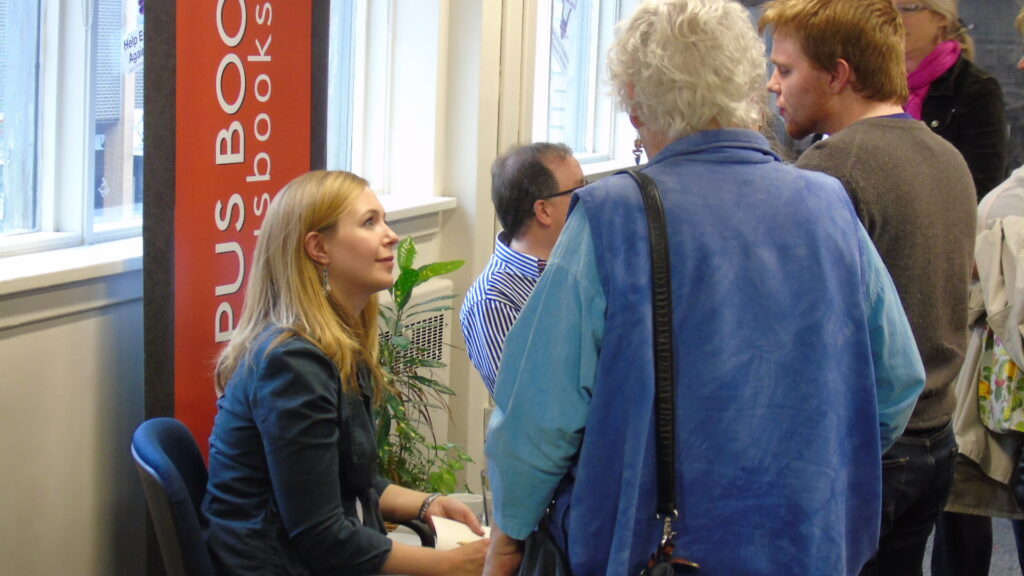
For you, what’s the most rewarding aspect of being a creative?
The personal relationships and incredible collaborations I’ve experienced over my career have been the most rewarding aspect of being a creative.
I have been so lucky to work with some of the kindest and most patient people on books and other creative projects. I would regularly grab coffee or lunch with John Bogie, the focus of my first book, as he shared his decades of photos and records in his office in Ottawa. Warren Smith in Edmonton was a widower when his family hired me to help write his life story, and I looked forward to our visits so much; I’d even bake muffins and bring them over for us to share (but not too many, because we had to look after his diabetes). Then Fred Carmichael, whom I’ve known now for 14 years, has become like family to me along with his dear wife Miki. We became so close that I’ve even stayed with them at their home twice, and we traveled around the Northwest Territories last year launching Freddie the Flyer. I am so grateful for these friendships!
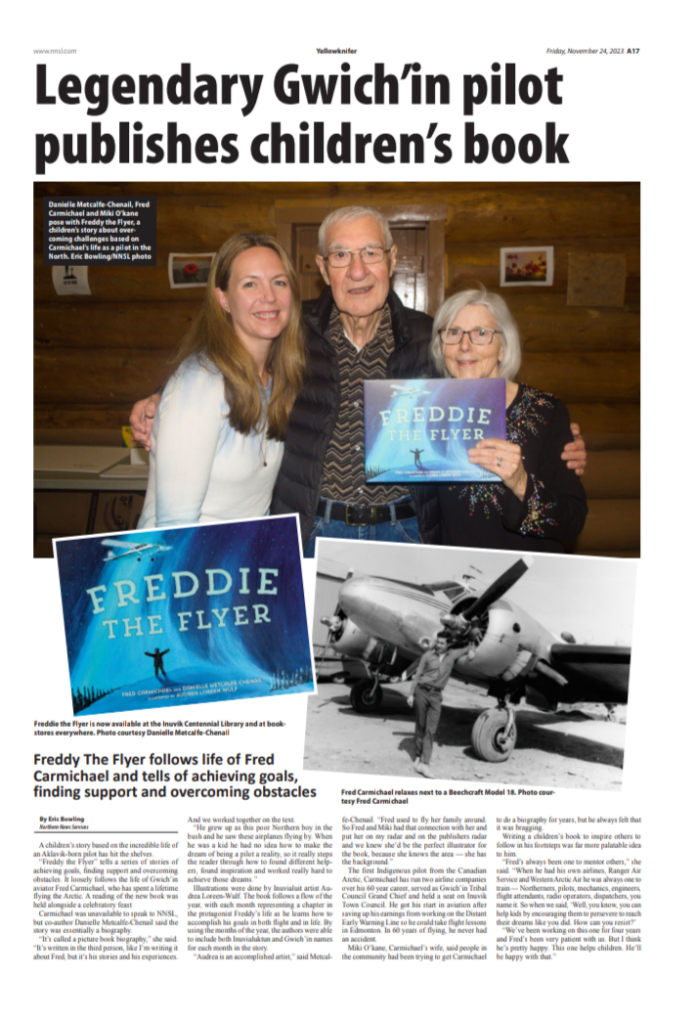
To read the original story, please click here!
